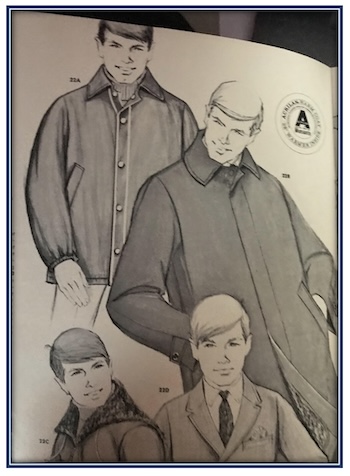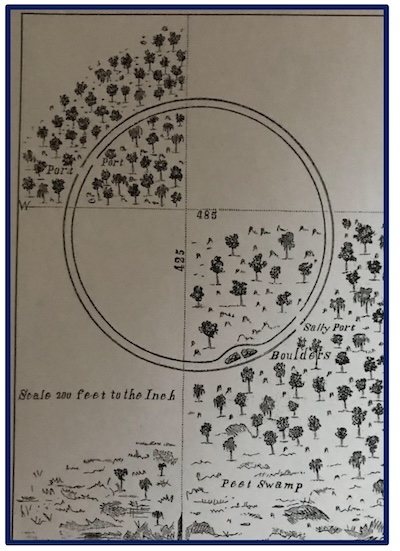Presbyterian Church had 2 different buildings in Knowlesville with first built in 1832
First building was demolished in 1893, and second fell into disrepair and was razed in 1969
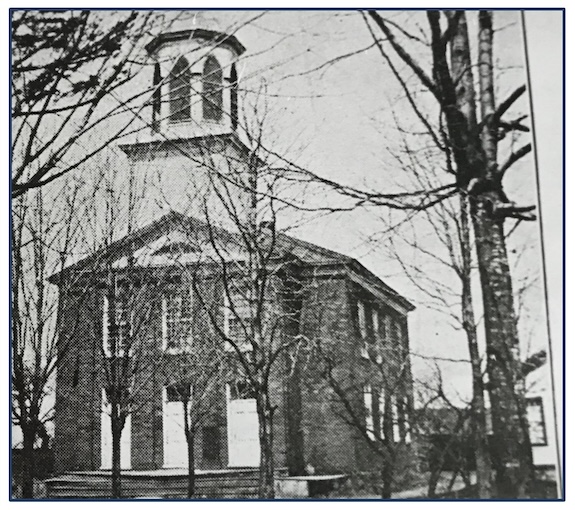
The first Presbyterian Church in Knowlesville was constructed in 1832, and then demolished in 1893 when a new building was erected.
By Catherine Cooper, Orleans County Historian
“Illuminating Orleans” – Volume 5, No. 11
“Like all things earthly, passing away,
“The old brick church may no longer stay,
“Though dear to our hearts as our childhood home,
“Within its walls we may no longer come.
“Now lingering near the old church ground,
“We hear the busy workmen’s sound
“And see the fragments here and there
“Of what was once our house of prayer”
These lines, composed by Mrs. I.O. Root in 1893 concerning the demolition of the first Presbyterian Church building in Knowlesville, still resonate. They capture that acute feeling of loss that is felt when a church closes and remind us that nothing is permanent.
The early settlers in this area, having first built their homes, soon turned their attention to providing a place of worship. On August 27, 1817, the following eleven people convened at the Oak Orchard schoolhouse and formed the First Religious Society of the Town of Ridgeway: Orange Wells, Leonard Dresser, Daniel Gates, Elizabeth Whipple, Mary Ann Taylor, Lois Robbins and Sarah Lawrence, Dr. William White, Archy B. Lawrence, Martha Marsh and Anna Sheldon.
At that time the township comprised the present townships of Ridgeway, Barre, Shelby, Yates, Carlton and Gaines, all but four of the present towns which had not yet been named.
At first, the Society affiliated with the Congregationalists, but in 1820 resolved unanimously to unite with the Presbytery of Rochester. For the first fifteen years, meetings were held in homes, schoolhouses and barns.
The Holland Land Company provided a tract of one hundred acres to the first organized religious society in a township. The new trustees secured this “Gospel lot.”
With the completion of the Erie Canal, a settlement grew in the area later named Knowlesville. In 1831, the Society voted to accept a piece of land from John Aldrich and to purchase as much as was necessary for the site of a church building from John Vedder at the rate of $50 per half-acre.
A Federal style brick building was erected at a cost of $3,500. William Knowles provided half of the cost. The building was dedicated in 1832 and remodeled in 1861. It was demolished in 1893. A second brick church was built on the same site at a cost of $12,000. The Gospel Lot was sold at that time, and the proceeds were used for construction costs.
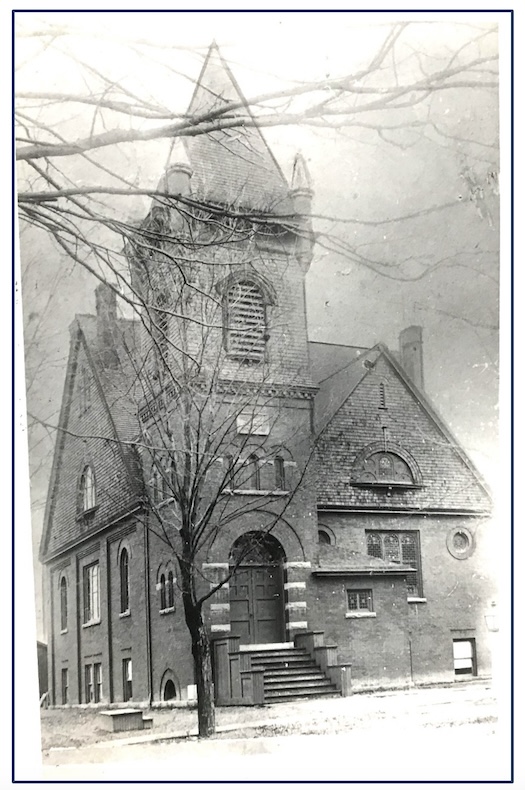
The second Knowlesville Presbyterian Church building, constructed in 1893, was demolished in 1969.
The “New Brick Church,” Victorian Romanesque in style, was dedicated in 1894. It flourished for many years, but closed in 1964, due to declining attendance. The parish was dissolved, and the physical assets were turned over to the Rochester Presbytery. The church building was demolished in 1969 as it had fallen into disrepair.
Today, a vacant lot remains on the north side of the street where the church was once located but its presence is still remembered by the street name: Presbyterian Street.



























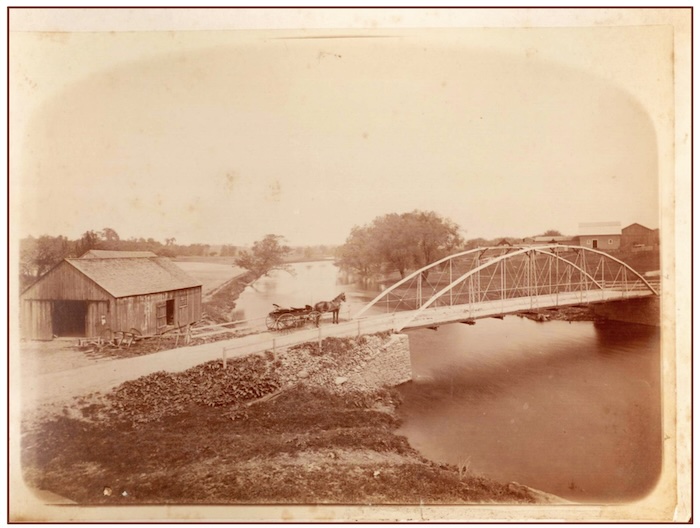
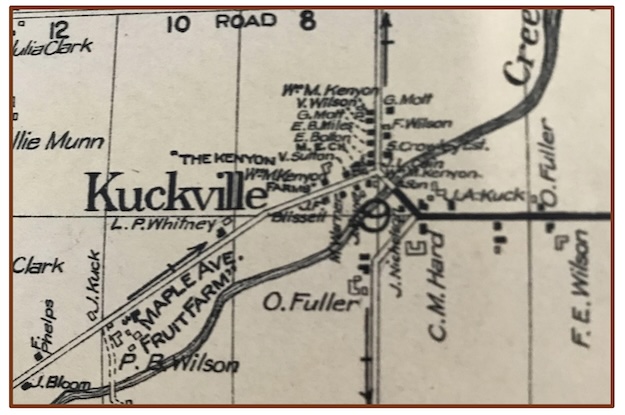
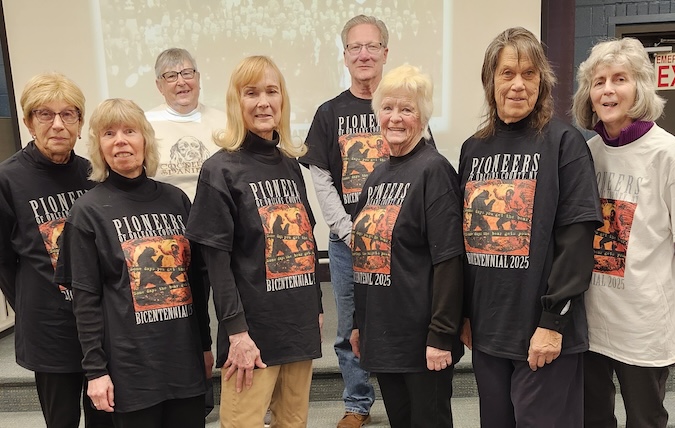
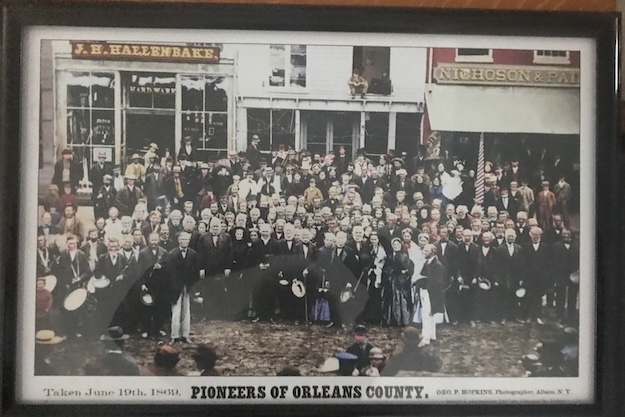

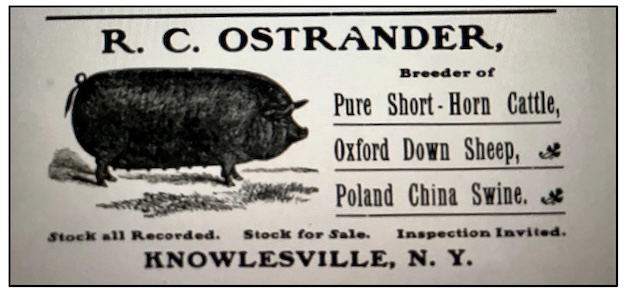
 Poland China? Ayrshire? Rambouillet? Are these familiar names?
Poland China? Ayrshire? Rambouillet? Are these familiar names?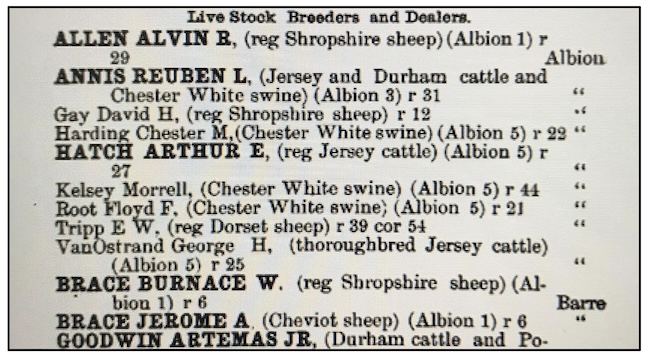




 Local historians love to hear the phrases “We found these in the attic” or “We found these in the barn.”
Local historians love to hear the phrases “We found these in the attic” or “We found these in the barn.”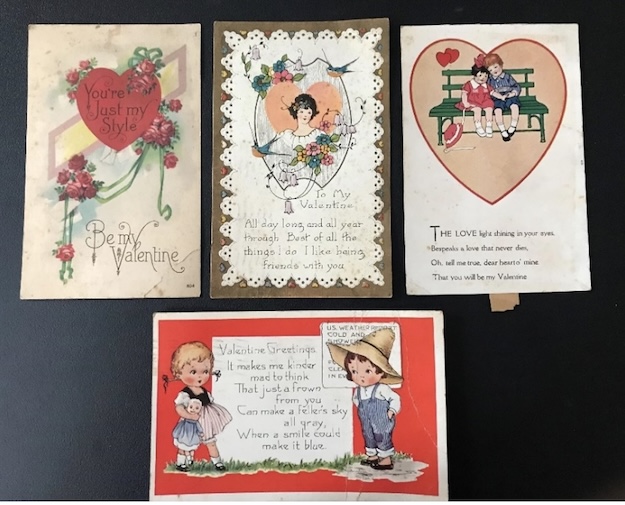

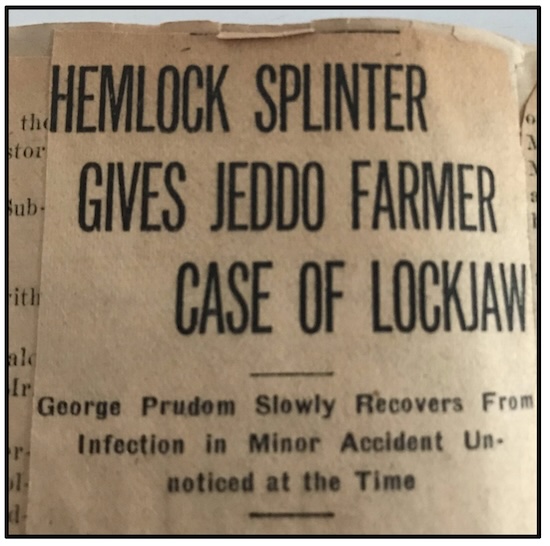
 JEDDO – This headline which appeared in the July 29, 1926, Niagara Gazette caught our attention. According to the article, George Prudom of Jeddo felt unwell and thought he was having an attack of rheumatism.
JEDDO – This headline which appeared in the July 29, 1926, Niagara Gazette caught our attention. According to the article, George Prudom of Jeddo felt unwell and thought he was having an attack of rheumatism.
 ALBION – Hoag Library patrons may very well wonder if they are experiencing auditory hallucinations.
ALBION – Hoag Library patrons may very well wonder if they are experiencing auditory hallucinations.

 “About the first of the next September (1816), myself and my wife and one child were taken sick, and until December following, we suffered everything but Death. Often during that time while myself and my wife were confined to our beds, our children were crying for food and neither of us had strength sufficient to enable us to get to the cupboard to help them.” (Jeremiah Brown, Ridgeway)
“About the first of the next September (1816), myself and my wife and one child were taken sick, and until December following, we suffered everything but Death. Often during that time while myself and my wife were confined to our beds, our children were crying for food and neither of us had strength sufficient to enable us to get to the cupboard to help them.” (Jeremiah Brown, Ridgeway)
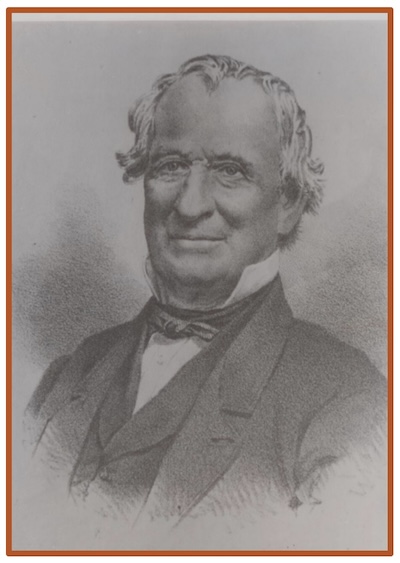
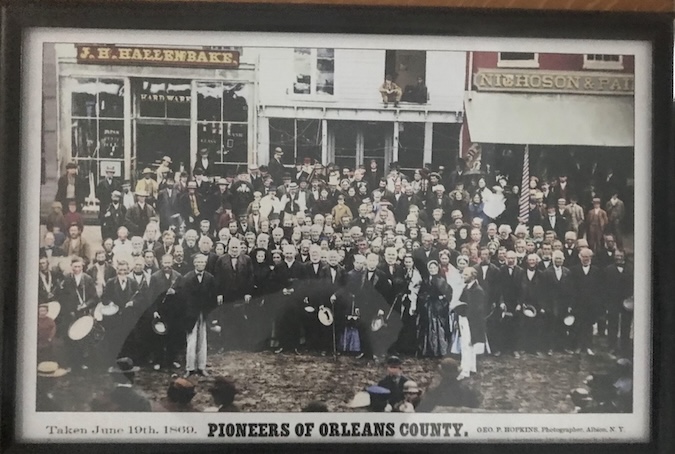
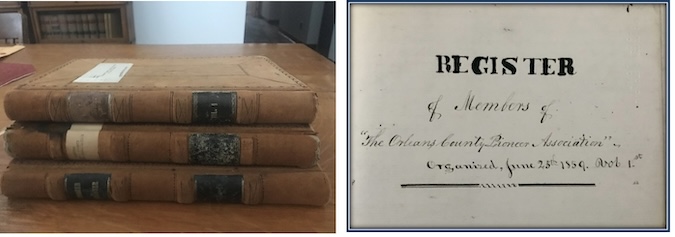
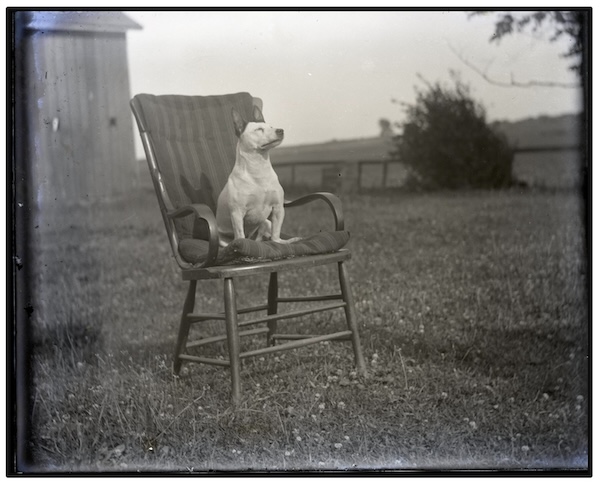
 SHELBY – It is the holiday season! We have been dealing with serious photographs all year long, stern looking men and somber women, buildings and street scenes galore. Time for some lighter fare!
SHELBY – It is the holiday season! We have been dealing with serious photographs all year long, stern looking men and somber women, buildings and street scenes galore. Time for some lighter fare!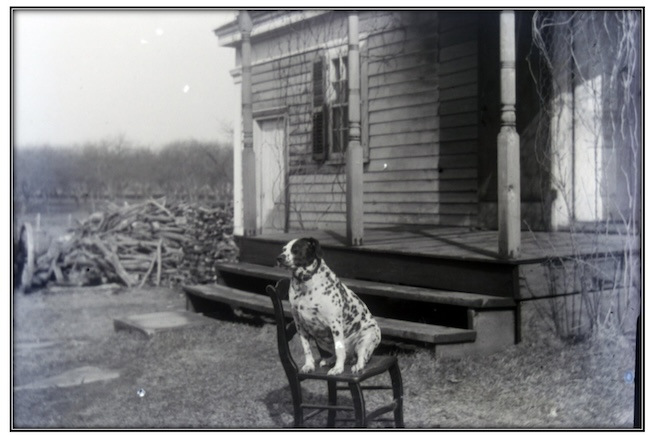

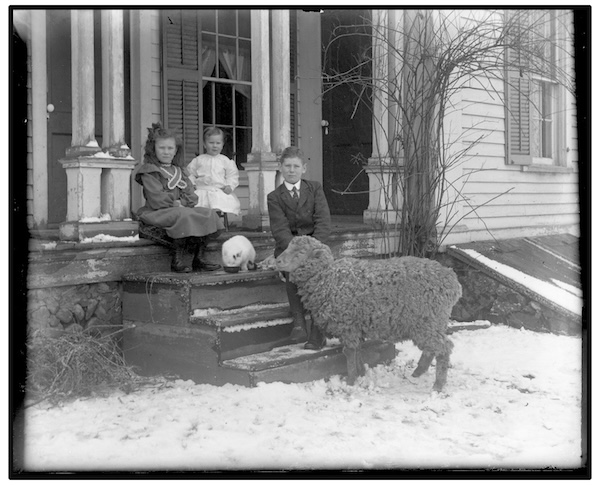


 ALBION – We associate the colors red and green with Christmas: Santa’s red suit, green Christmas trees, red berries on holly.
ALBION – We associate the colors red and green with Christmas: Santa’s red suit, green Christmas trees, red berries on holly.
